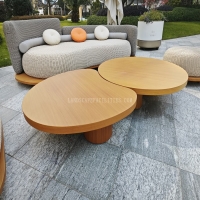Welcome to the website for landscape facilities products and knowledge.
How does the trash can’s design prevent the liner from sticking to the interior walls?
A well-designed trash can incorporates several key features to prevent the liner from sticking to its interior walls, ensuring a seamless waste disposal experience. One common solution is the use of textured or ribbed interiors, which create small gaps between the liner and the bin’s surface. This design minimizes suction and allows air to flow, reducing the likelihood of the liner clinging to the walls.
Another effective feature is the inclusion of ventilation holes near the top or bottom of the trash can. These holes break the vacuum effect that often causes liners to stick, making it easier to remove the bag without tearing. Additionally, some modern bins feature a tapered or slightly conical shape, which helps the liner naturally pull away from the sides when lifted.
High-quality materials also play a role. Smooth, non-porous surfaces like stainless steel or coated plastic reduce friction, preventing the liner from adhering too tightly. Some designs even incorporate a raised base or inner rim to keep the liner slightly elevated, further minimizing contact with the walls.
By combining these thoughtful design elements, manufacturers ensure that trash liners remain easy to remove, promoting cleanliness and convenience in everyday use.
Related search:

Recommendation
Elliptical metal outdoor table with nested design, resembling wood grain, round table